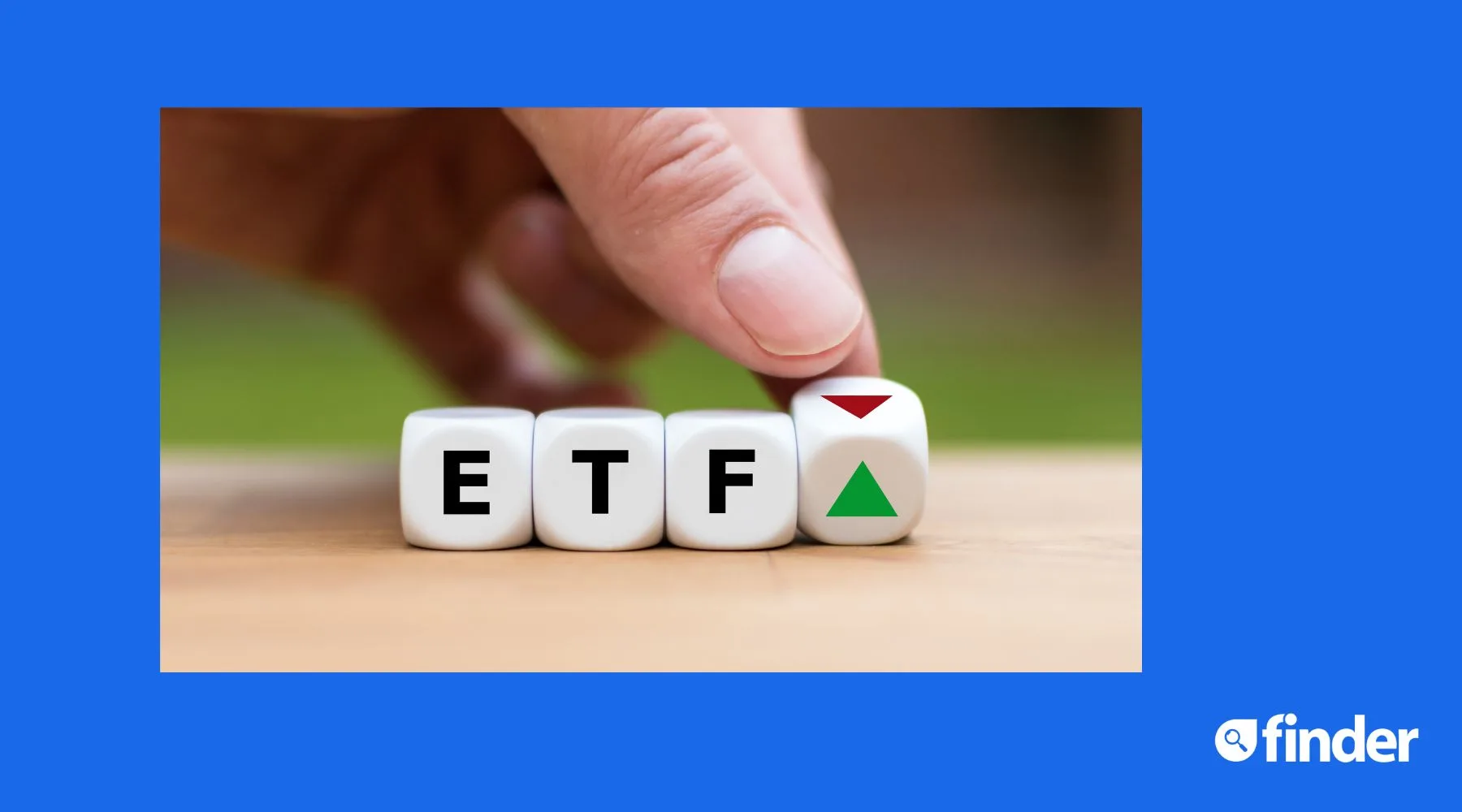ASX reveals best and worst ETFs: What can we learn for 2023?

Betting against the US market and resources was advantageous in 2022. Here's why it might not repeat in 2023.
It's no secret that investing in 2022 had its ups and downs depending on what you invested in.
If you bought big US tech companies, odds are you've had a pretty rough year. Those who bought resources stocks fared remarkably well.
It was no different for exchange-traded fund (ETF) investors.
The worst and best ETFs were all thematics with a combination of betting against the US markets, energy and resources making up the top 5.
Despite having some winners, overall the total funds invested fell, even as people continued to add to their portfolios.
"The ETF industry's positive net flows were not enough to combat the asset value declines caused by falling share and bond markets. As a result, the industry itself fell in value by 2%", BetaShare's chief commercial officer Ilan Israelstam says.
The best and worst ETFs revealed
With the performance of the US markets, it's unsurprising that betting against the market was a strong strategy for investors.
The best-performing funds were 2 leveraged funds against US equities.
| Fund name | MER (% p.a) | 1-year total return |
|---|---|---|
| Global X Ultra Short Nasdaq 100 Hedge Fund | 1 | 81.61% |
| BetaShares US Equities Strong Bear Currency Hedged (Hedge Fund) | 1.38 | 44.18% |
| BetaShares Global Energy Companies ETF – Currency Hedged | 0.57 | 40.79% |
| BetaShares Resources Sector ETF | 0.34 | 29.49% |
| SPDR S&P/ASX 200 Resources Fund | 0.34 | 29.16% |
| VanEck Australian Resources ETF | 0.35 | 22.65% |
| BetaShares Crude Oil Index ETF – Currency Hedged (Synthetic) | 1.29 | 18.86% |
| Global X Physical Platinum | 0.49 | 16.39% |
| BetaShares Strong US Dollar Fund (Hedge Fund) | 1.38 | 15.05% |
| Vanguard Australian Shares High Yield ETF | 0.25 | 11.27% |
The Nasdaq 100 fell 33% in 2022 while the S&P 500 is down 19%.
These funds outperformed because they were leveraged against the market.
While this was a profitable strategy in 2022, Stockspot's senior manager - investments and business initiatives, Marc Jocum highlights leverage comes with increased risks.
"Unless you are a professional full-time investor you are likely to lose money shorting over the long run for the simple reason that markets tend to rise and it's very difficult to correctly time when to short and when to cover your short," he says.
On the flip side the worst performing ETFs were in the growth sector.
| Fund name | MER (% p.a) | 1-year total return |
|---|---|---|
| Global X Hydrogen ETF | 0.69 | -36.26% |
| Global X FANG+ ETF | 0.35 | -37.02% |
| Montaka Global Equities Fund (Managed Fund) | 1.32 | -37.44% |
| BetaShares Global Robotics and Artificial Intelligence ETF | 0.57 | -38.31% |
| Perpetual Global Innovation Share Fund (Managed Fund) | 1.01 | -42.94% |
| Hyperion Global Growth Companies Fund (Managed Fund) | 0.7 | -43.01% |
| BetaShares Geared US Equity Fund Currency Hedged (Hedge Fund) | 0.8 | -47.20% |
| Montaka Global Extension Fund (Quoted Managed Hedge Fund) | 1.25 | -47.69% |
| Global X Ultra Long Nasdaq 100 Hedge Fund | 1 | -70.36% |
| BetaShares Crypto Innovators ETF | 0.67 | -81.97% |
Falls in the crypto market extended to the ETF markets while investors who were leveraged to the Nasdaq saw their funds fall significantly further than the market.
On this occasion, leverage worked against them.
As Jocum says, many of these ETFs fell because of a hyped sector that had peaked by the time they were listed.
"For example, cryptocurrency investors could have bought an ETF like the BetaShares Crypto Innovators ETF (ASX: CRYP). Since launching in November 2021, that ETF is down more than 80%," he continues.
"Investors who poured $39.7m into this ETF on the first day of trading would be crystallising $30 million in tax losses if they held on and want to sell now."
Why 2023 could be different
Now, just because an ETF outperformed in 2022 doesn't necessarily mean investors should run out and buy it in 2023.
A very specific set of circumstances led to these specific ETFs outperforming.
These include:
- Inflation reaching 30-year highs in Australia and 40-year highs in the US
- Armed conflict in the Ukraine pushing commodity prices up
- Record-breaking rate rises leading to growth assets being sold off
Now inflation, rising rates and armed conflict is still happening.
But markets are forward-looking and price in these factors.
And history suggests that even if inflation and rate hikes remain, markets have a positive return, meaning the ETFs that are betting against the US markets might not be as successful in 2023.
ClearBridge's investment strategist Jeffrey Schulze points to the last 12 major hiking cycles have experienced positive returns for the S&P 500 75% of the time.
"On average, the market has rallied +11.8% in the year after bear market territory was reached (and +18.5% over the subsequent 18-month period), inclusive of subsequent losses," he said.
"With the S&P 500 bear market threshold having officially been breached over 6 months ago, history suggests investors may turn out to be pleasantly surprised in 2023."
Looking for a low-cost online broker to invest in the stock market? Compare share trading platforms to start investing in stocks and ETFs.
Ask a question
